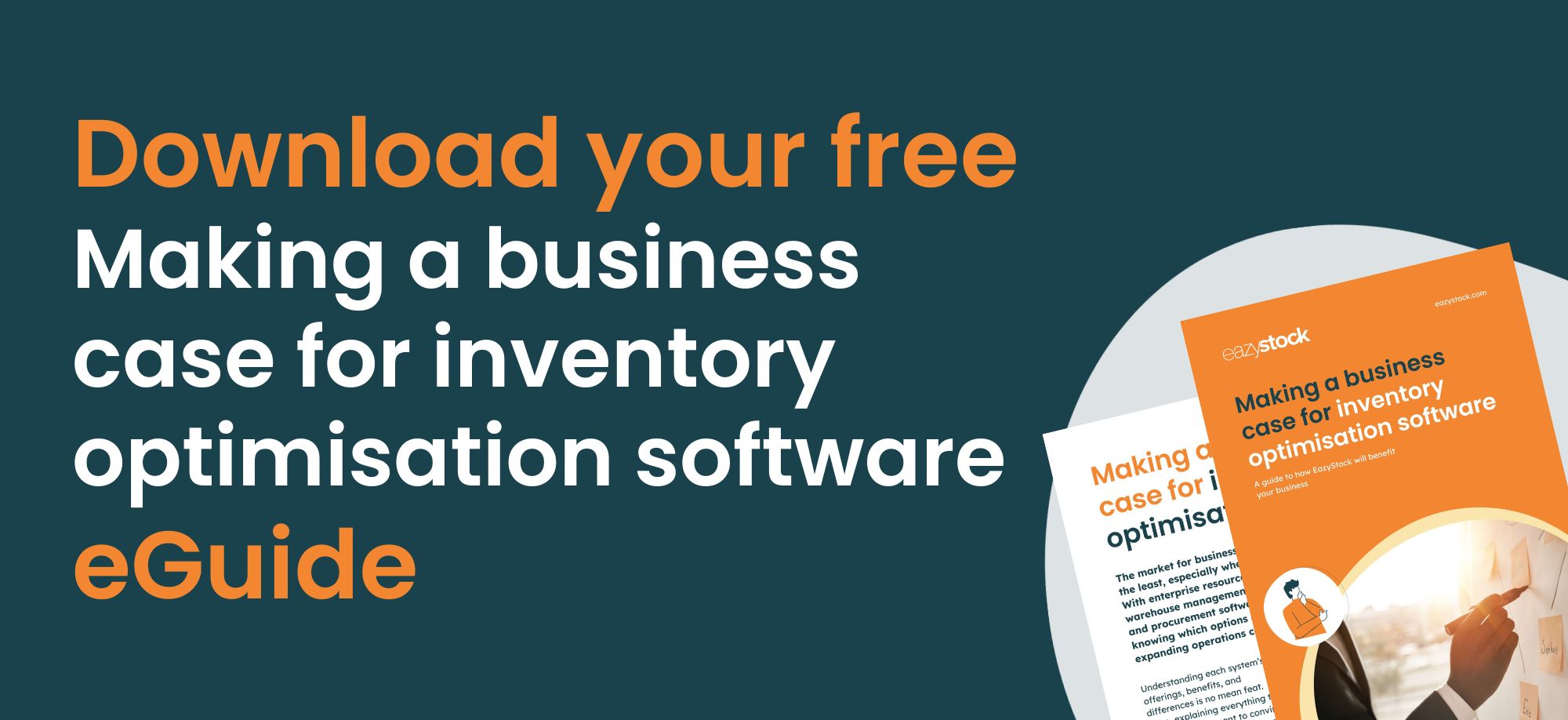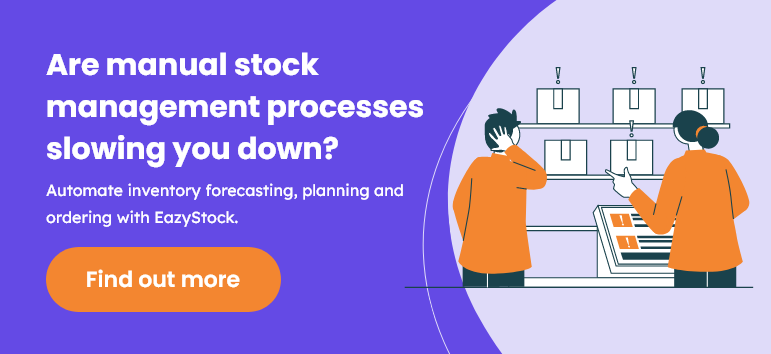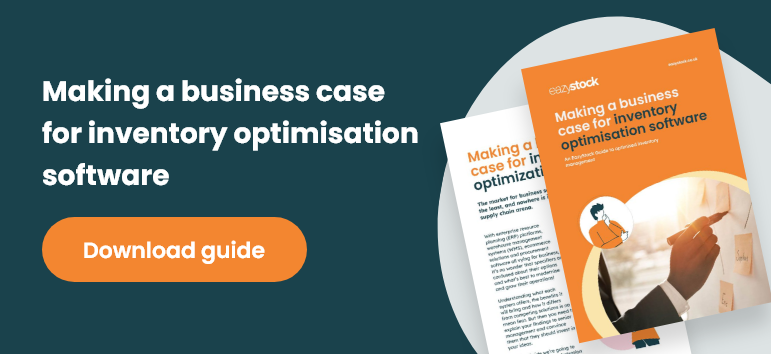Why it’s smart to use ERP apps to enhance ERP functionality
The advantages of using ERP apps
Technology is constantly evolving and organisations that want to stay ahead of the game need to keep updating their business systems to continually improve efficiency and productivity. This is especially true for companies with enterprise resource planning systems (ERPs), as these are often pivotal to operational efficiency.
To ensure your ERP supports your ever-changing business needs, it’s sometimes necessary to replace your existing system or embark on a complete ERP upgrade. Perhaps your ERP works well and supports your processes in many areas, but it’s simply lacking in specific specialist capabilities. In such instances, a system overhaul may be too drastic. The alternative is to enhance your current ERP with market-leading ERP apps.
Many ERPs offer a suite of ERP apps. For example, Netsuite has SuiteApp.com, and Microsoft Business Central has AppSource, both of which offer a host of add-on software that give additional functionality to the ERPs.
With the technical ability to connect via the cloud, adding new capabilities to most ERPs is easier than ever. In addition, the emergence of the Software-as-a-Service (SaaS) procurement model makes integrating add-on software a low-risk option.
Inventory optimisation ERP apps
ERP apps can provide businesses with vital additional functionality. One area in particular where they can support is inventory optimisation. For example, many ERP systems have excellent inventory control capabilities, but lack the algorithms to actually optimise a business’ inventory to ensure stock availability, without excessive capital investment.
Here are seven benefits of integrating an inventory optimisation app with your ERP.
1. ERP apps are very affordable
Adding inventory optimisation software, in the form of an ERP plug-in will be less expensive than looking for a brand new ERP system replacement that has the sophisticated functionality you require (if you can find one!!).

Cloud-based technology is now mainstream, making specialist software readily available without the need for expensive user licenses, IT infrastructure updates or upfront implementation costs.
The Software-as-a-Service (SaaS) business model allows organisations to remove the obstacle of finding capital investment for new technology. Instead they can spread the cost of their software, by paying an affordable monthly or annual fee, making market-leading inventory optimisation software much more accessible.
2. ERP apps are quick to implement
Let’s face it –implementing a new ERP or even an ERP upgrade is a daunting task. New ERPs will take months to scope out, implement and bed into your business, and can lead to a lot of business change and disruption.
This is because there are often complex system integrations that affect processes and departments across the entire business. In comparison, a cloud-based ERP add-on can be set up in a fraction of the time, thus allowing you to access efficiency benefits much sooner.
A system, such as EazyStock, simply requires a data feed, often from your ERP, WMS or business system via an API or automated Excel file uploads. It then makes its calculations and passes the optimised data back.
In addition, an inventory optimisation ERP app will often only be used by your inventory management or supply chain management team, so process change will be minimal (and by automating tasks, your team will thank you for freeing up their time!).
3. ROI
The business case for many ERP apps is very simple: no user licenses, no IT infrastructure requirements, just a predictable annual or monthly fee. Add to this the benefits of lower inventory levels, less money tied up in stock, improved product availability and service levels and enhanced efficiency, and the ROI is easy to demonstrate. Often, a reduction in inventory levels of just a few percent is enough to payback your investment in the ERP app. But typically businesses see a reduction in stock of around 10-30%, whilst service levels (fulfilment levels) increase. And because implementation is fast, ROI can often be demonstrated very quickly.
4. ERP apps are scalable and flexible
As organisations refine their supply chains, add new warehouses and grow their product offerings they need systems that can easily adapt and scaleto such changes. Because most ERP apps are cloud-based, you can easily scale them up or down to meet the ever-changing demands of your business and ensure you get the most value from the application.

ill most likely be utilised by your stock control, inventory planning or purchasing teams. This means there’s no epic training programme needed for your entire workforce. EazyStock, in particular, has a wealth of features, so our Customer Success Managers begin with the basics that add ROI from day one and then build up the functionality as users gain confidence and ability.
5. Easy user adoption
Despite utilising advanced analysis and sophisticated algorithms, EazyStock is very user-friendly, with easy-to-navigate, customisable screens, so users only need to delve into the detail they wish to see.
6. ERP apps are low risk
As we’ve already discussed, inventory optimisation ERP apps require very little system integration or capital investment. The only requirement for success is a team that is eager to improve its stock management processes. Because EazyStock is SaaS software offered via the cloud, the long-term commercial and operational risk is very low.
7. ERP apps provide safe, secure data
When cloud technology first appeared in the software marketplace, there were initial concerns that data ‘in the cloud’ would not be secure. But as cloud ERPs and cloud-based apps continue to proliferate at an impressive rate, the security policies, controls, procedures and technologies that work together to protect the systems, data and infrastructure are impressive. Cloud-based technology and business applications are now used by enterprise businesses across the globe. But be sure to look into the security compliance of any ERP app supplier to wish to work with. You can view EazyStock’s here.
Today’s IT marketplace offers a wide array of supply chain management business systems, and choosing the right one can be mind-blowing. But whether you opt for an ERP, WMS, eCommerce platform, or procurement programme, one thing they will all lack is advanced inventory optimisation functionality.
If your business finds it difficult to meet its fulfilment targets, lower inventory investment, or prevent out-of-stock scenarios, it’s worthwhile investigating how EazyStock can help. This post explains the warning signs that show when you need demand and inventory planning automation.
As an easy-to-implement ERP app, EazyStock will offer a wealth of additional functionality that will deliver ROI within months of implementation. Find out how by downloading our eBook below:











